Exploring the Difference Between Active and Passive Noise Cancellation in Headset Speakers
In today’s fast-paced world, the demand for high-quality audio experiences has led to the development of innovative technologies to enhance our listening pleasure. When it comes to using headset speakers, two prominent techniques stand out: Active Noise Cancellation (ANC) and Passive Noise Cancellation (PNC). While both aim to provide a clearer and more immersive audio experience, they achieve this in different ways. In this blog, we’ll delve into the intricacies of these two noise cancellation methods, exploring their differences and helping you make an informed decision when choosing the right headset for your needs.

Understanding Passive Noise Cancellation
Passive Noise Cancellation, often called noise isolation, capitalizes on the physical attributes of the headset to reduce unwanted external noise. The design and materials used play a pivotal role in this process. Over-ear headphones, for instance, are equipped with plush cushioned ear cups that create a barrier between your ears and the outside world. In-ear headphones utilize snug-fitting ear tips to seal the ear canal, preventing external sounds from infiltrating.
The effectiveness of passive noise cancellation spans a range of frequencies, providing a more natural reduction of noise. It’s an “always-on” feature, requiring no power source, making it a reliable choice for those seeking consistent noise reduction without additional technology.
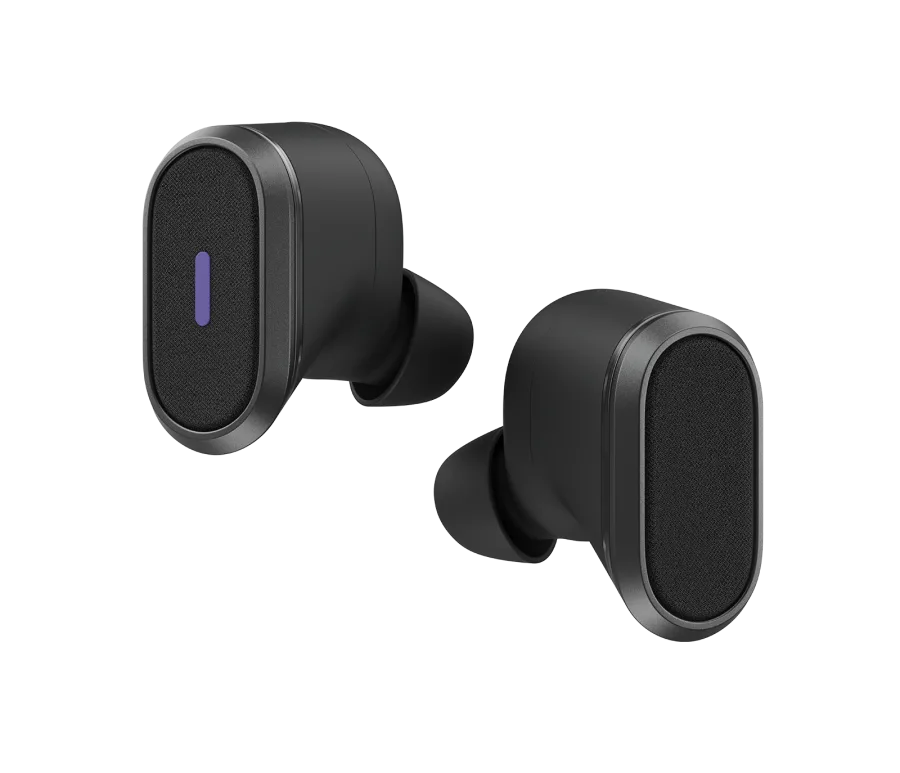
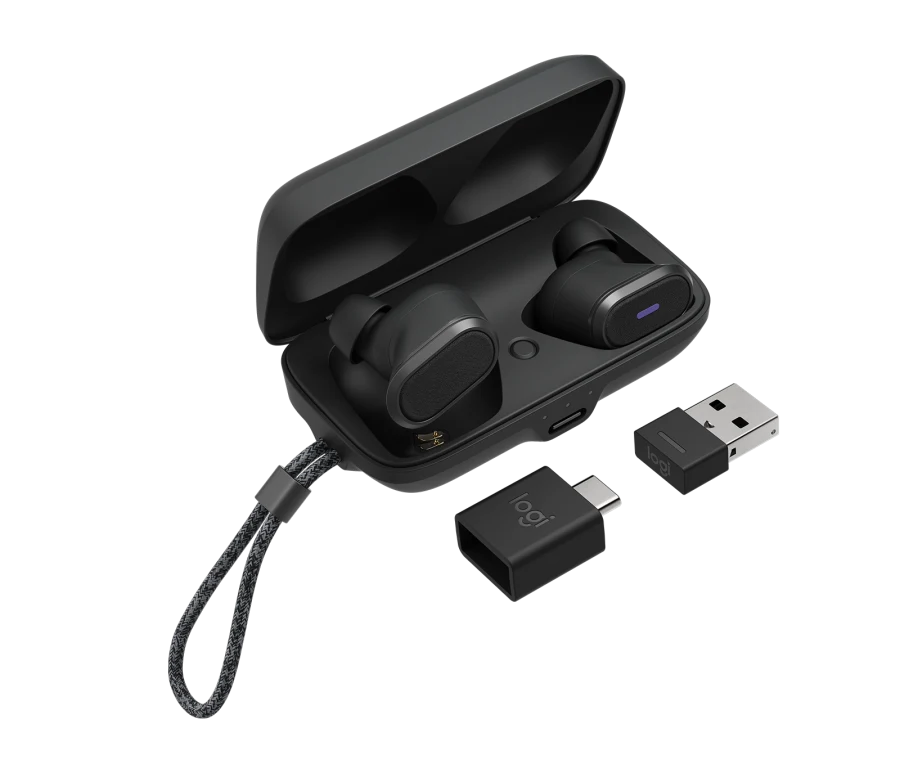
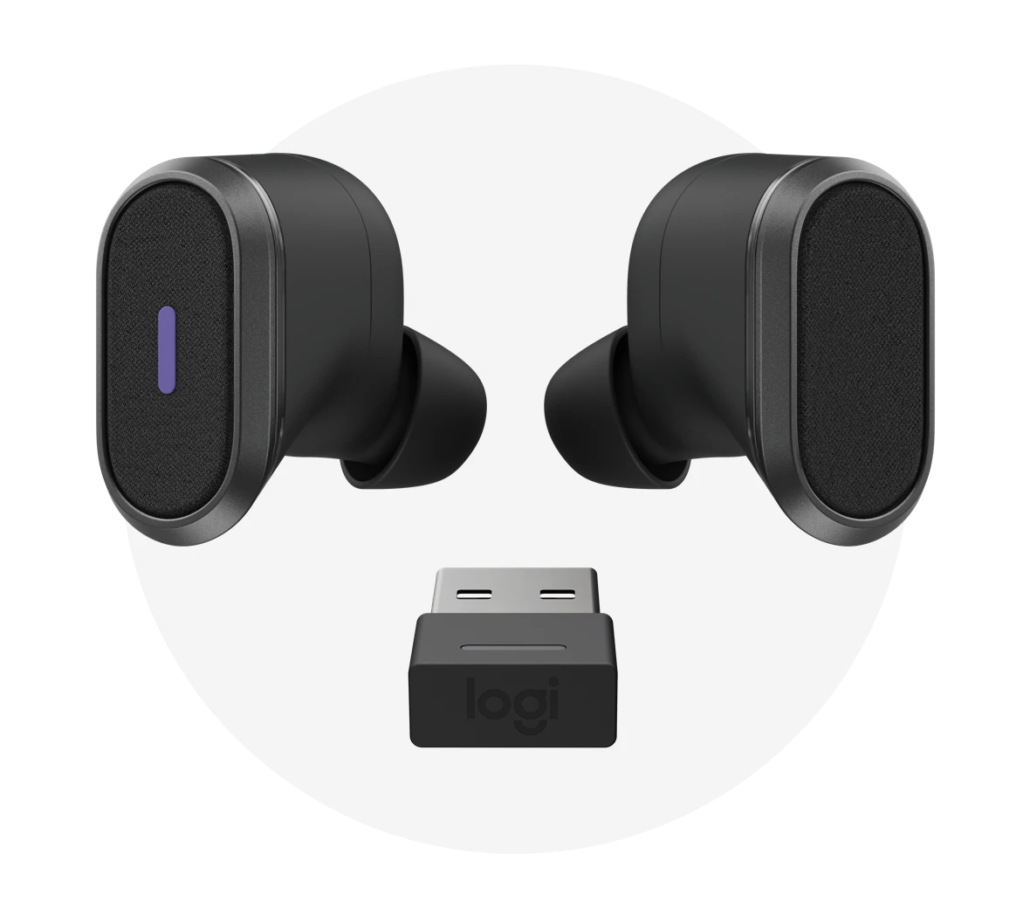
Diving into Active Noise Cancellation
On the other hand, Active Noise Cancellation represents a more advanced technology. This technique involves microphones integrated into the headset that capture ambient sounds. These captured sounds are then analyzed, and the headset generates sound waves that are the exact opposite in phase to the unwanted noise. When played through the speakers, these counteractive sound waves result in destructive interference, effectively canceling the unwanted noise.


Active Noise Cancellation excels at reducing consistent, low-frequency noises, making it a popular choice for frequent travelers seeking relief from airplane engines and background hum. However, this technology requires a power source to operate the microphones and sound generation process, impacting the headset’s battery life.
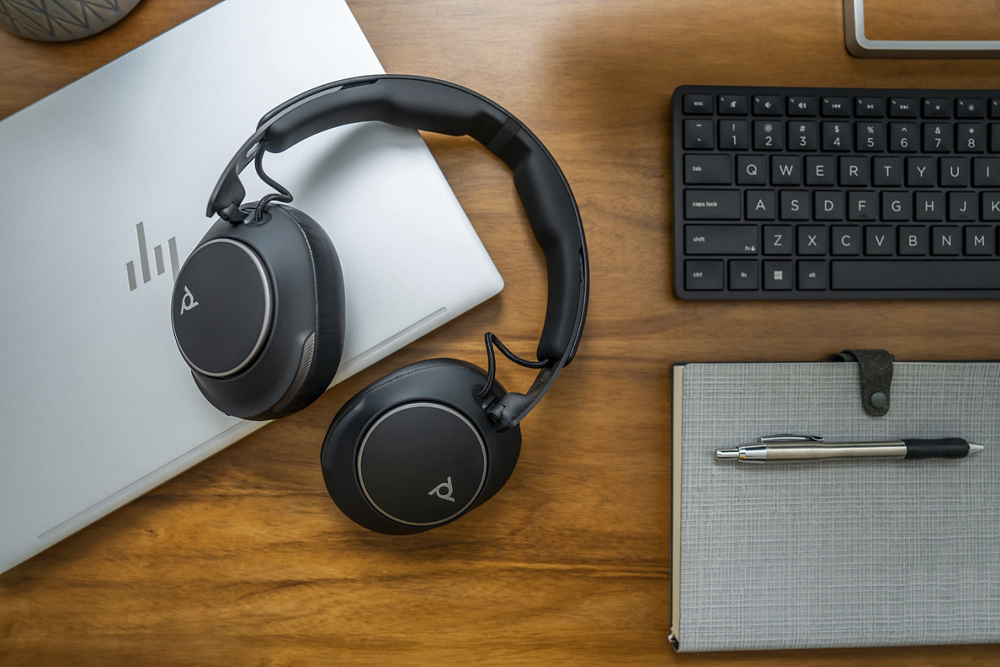

Comparing the Two
When considering which noise cancellation method to choose, several factors come into play:


Conclusion
In headset speakers, the choice between Active Noise Cancellation and Passive Noise Cancellation boils down to personal preference and specific use cases. Passive noise cancellation relies on physical design, offering consistent noise reduction without impacting sound quality. On the other hand, active noise cancellation harnesses advanced technology to effectively combat low-frequency noise, granting a more tailored listening experience.

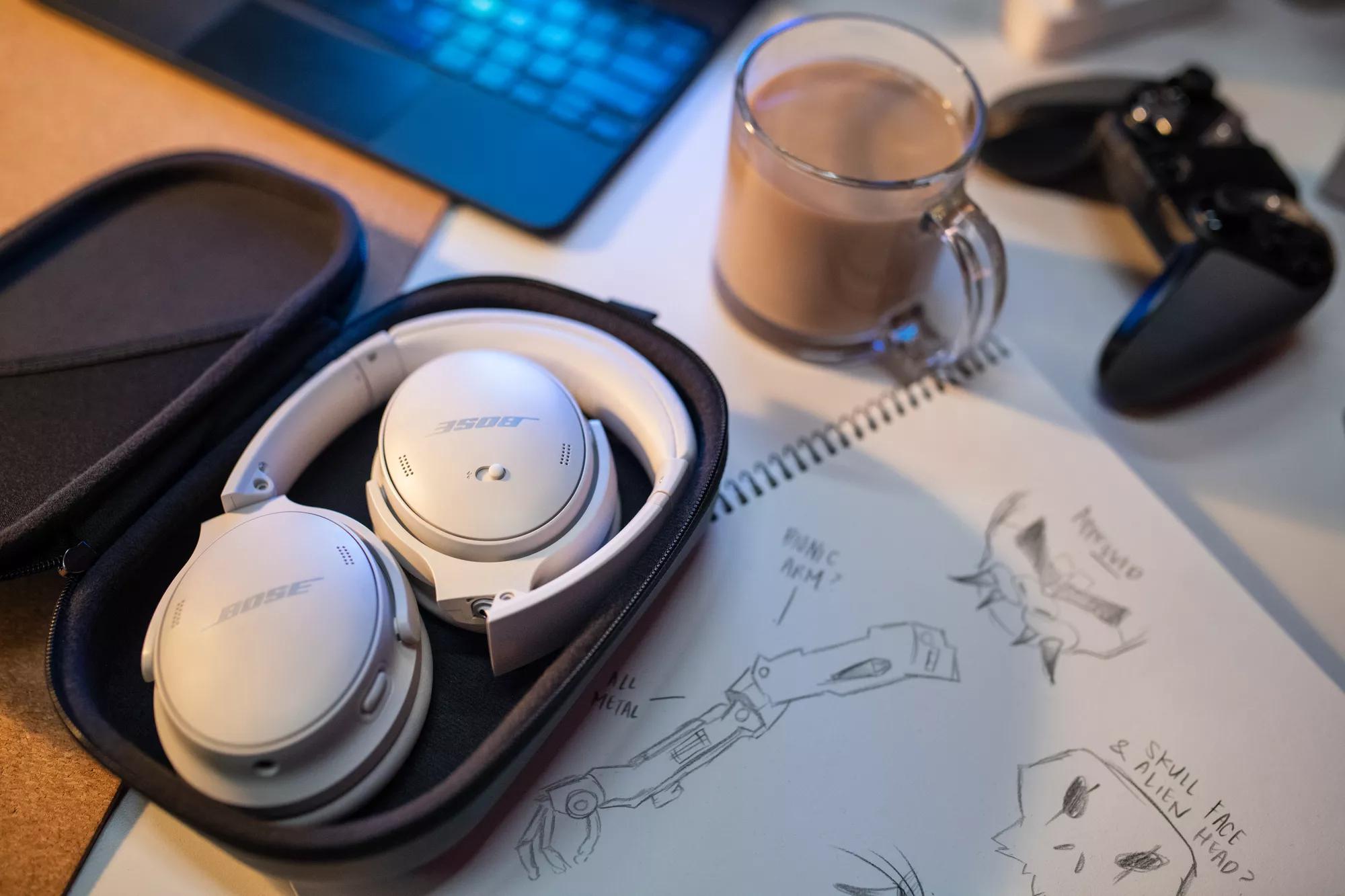
Understanding the differences between these two techniques empowers you to select the headset that aligns with your audio preferences, lifestyle, and budget. Whether you are traveling for business, seeking refuge from engine noise, or working in a noisy environment, the world of noise-canceling headset technology has something remarkable to offer.
Check out these Active Noise Canceling headsets for business from Poly, Cisco, EPOS, Jabra, Logitech, Yealink, and Bose! If you need more assistance to help your organization, contact a subject matter expert from Call One, Inc.




Leave a Reply
Want to join the discussion?Feel free to contribute!